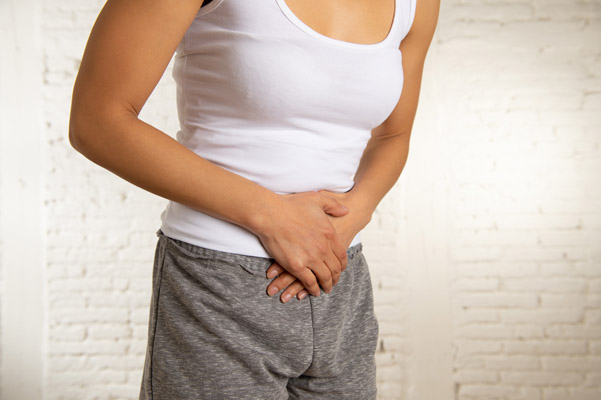Symptoms of Hernia
Patients with Symptoms of Hernia
Patients with hernia can be asymptomatic and can be diagnosed during a routine physical examination by their physician. However they can present with a bulge in the groin or scrotum. The bulge may appear gradually over a period of several weeks or months or it may form suddenly after lifting heavy weights, coughing, bending, straining, or laughing. Many hernias flatten when patient lies down.
Patients also can present with groin discomfort or pain. The discomfort may be worse by bending or lifting. These symptoms tend to be relieved at night when patients are lying down and the hernia reduces. The pain may be sharp and immediate or a dull ache that gets worse toward the end of the day. Patients usually experience the pain in the groin and/or scrotum. Severe, continuous pain, redness and tenderness are signs that the hernia may be entrapped or strangulated.
What kind of activities make the hernia pain worst?
Patients also could present symptoms of hernia with heaviness, swelling, and a tugging or burning sensation in the area of the hernia, scrotum, or inner thigh. Males may have a swollen scrotum, and females may have a bulge in the large fold of skin (labia) surrounding the vagina. Certain activities tend to make hernia symptoms worse. These may include prolonged standing, prolonged sitting, coughing, laughing, sneezing, straining during a bowel movement, sexual intercourse, getting in and out of a car or bed, bending forward, or crossing legs. The pain or discomfort may get worse as the day goes by and may completely resolve when lying flat. Some women feel more pain from their hernia during their menstrual period.
Some patients complain of on and off pain and discomfort in the groin region especially during physical activity and/or straining, without having any bulge on the physical examination. If there is pain due to a hernia, but without a bulge, then we refer to these as “occult” or “hidden” hernias. The pain may be sharp, shooting, stabbing, dull, aching, electrical or tingling. The pain may radiate down the leg, around the back, up the abdomen, into the testicle or vagina. It never radiates down the buttocks or below the level of the knee. In those patients ultrasound, CT scan or MRI could assist the physician to diagnose a small hernia.
Most common Symptoms of Hernia
- A protruding bulge (most common)
- Pain in the area of bulge (may be worse with exertion)
- Nausea and vomiting (may signal intestinal obstruction)
- Numbness (due to nerve compression)
Symptomatic hernias may produce a wide array of non-specific discomforts related to the hernia sac and the pressure by the sac on adjacent tissues. These discomforts are commonly worse at the end of a day, especially if there has been physical exertion during the day. These symptoms tend to be relieved at night when patients are lying down and the hernia reduces.

Need to schedule a consultation with Dr. Iraniha?
Click on the Contact Us button to start the consultation schedule. Thank you!

[…] is a 45 years old female with history of hysterectomy in the past who presented with lower abdominal pain, abdominal distension and obstipation and found to have complete small bowel obstruction on her CT […]